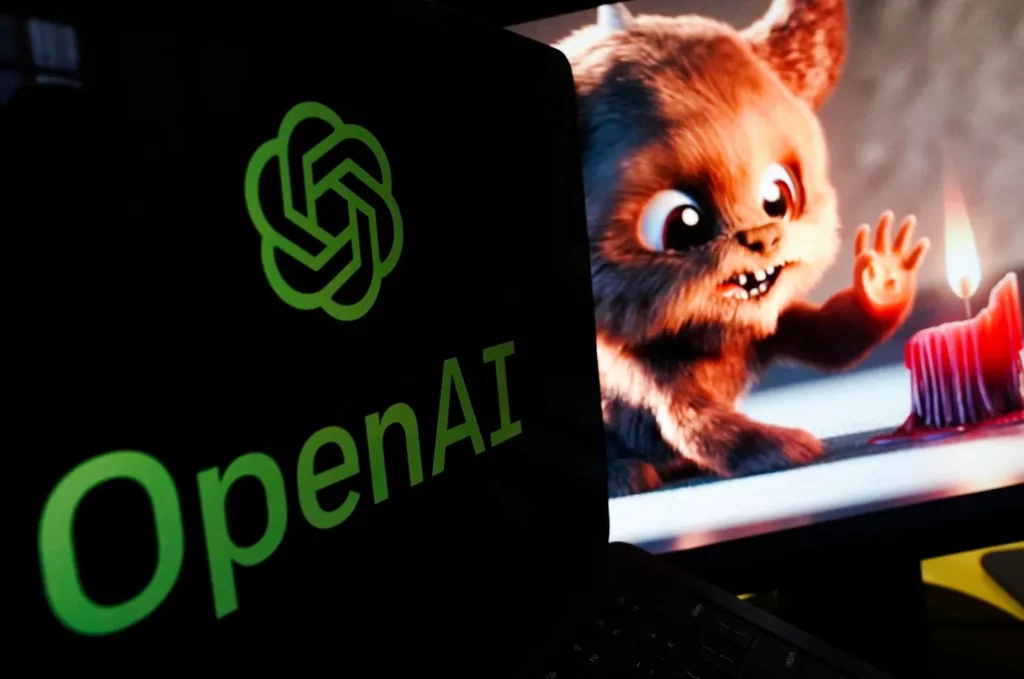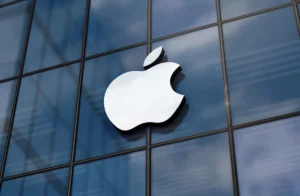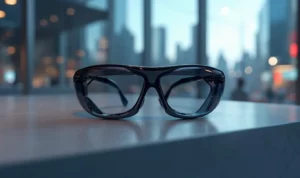
Title: AI Masters Anime: How OpenAI 4o Image Generator Reshapes Creativity
As the world of visual communication undergoes a profound transformation, the OpenAI 4o image generator is revolutionizing the way we create and interact with images. By demonstrating marked improvement in generating legible text within images, this technology marks a significant turning point in AI’s ability to generate authentic anime-style art.
The implications are far-reaching. No longer will marketing teams be limited by the constraints of traditional design software or educators struggle to find suitable scientific diagrams. The 4o image generator has the potential to accelerate creative workflows, freeing professionals to focus on high-level tasks that require human judgment and creativity.
One of the most significant advancements is the model’s improved contextual consistency. Unlike earlier versions, which struggled to maintain character or object consistency across multiple images, this technology now enables designers, animators, and digital storytellers to create storyboard sequences with ease. This could lead to a reduction in revision time, allowing for more innovative and engaging content.
Moreover, the 4o image generator appears less prone to creative reinterpretation, ensuring that prompts are adhered to more accurately. While this may be seen as a limitation by some, it is crucial in professional settings where consistency and accuracy are paramount.
The potential applications of AI image generation are vast and varied. Dashoon’s platform, for instance, empowers storytellers to produce 50,000 images per day, while Ayna enables brands to create virtual try-on experiences in minutes. Blinkit has even applied this technology to personalized recipe images, greatly enhancing customer engagement.
However, it is essential to recognize the limitations of AI-generated content. While they may excel at producing images, they often struggle to replicate the nuanced cultural understandings, rich emotional resonance, and tangible innovations that define human creativity. The public’s growing appreciation for hand-drawn animation, analog photography, and artisanal crafts serves as a reminder of the unique values of human touch, lived memories, and painstaking details.
Ultimately, AI image generation is not meant to replace human creativity but rather augment it by handling specific tasks while allowing professionals to focus on high-level creative decisions. To reap the full benefits of this technology, organizations must implement clear usage policies, maintain human oversight for final outputs, develop hybrid workflows, and continually evaluate both quantitative metrics and qualitative impact.
As AI continues to reshape our understanding of creativity, it is crucial that we adopt a nuanced approach towards these tools. The future of visual communication will be marked by collaboration between humans and machines, not replacement.
Source: https://www.forbes.com/sites/geruiwang/2025/03/31/ai-masters-anime-how-openai-4o-image-generator-reshapes-creativity/


